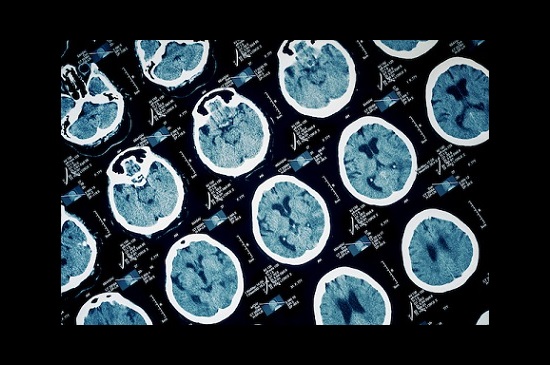Treating Chiari Malformation on Maryland's Eastern Shore

Bonnie Bassford, a mother and full-time office worker, suffered from chronic headaches as well as numbness in her arms and legs.
"I learned to live with these conditions for over 15 years, until the dizziness came along," she said.
Eventually, an MRI showed a significant Chiari malformation and a syrinx, a fluid-filled cyst or bubble in her spinal cord.
Bassford explained, "Sometimes people have multiple symptoms and often each symptom is treated on its own. That's one reason a Chiari malformation can take so long to diagnose."
Chiari Malformation Expert in Eastern Maryland
Chiari malformation occurs when a portion of the cerebellum drops out of the skull and crowds the spinal cord, blocking the flow of cerebrospinal fluid (CSF). People born with this condition are often misdiagnosed because their symptoms are similar to other medical conditions. They may have difficulty with balance, coordination or swallowing, as well as dizziness and headaches.
Symptoms may also include numbness or tingling in the face, arms and legs, vision or hearing problems or muscle weakness. Chiari malformation occurs in utero, and the symptoms may develop in childhood up into the 30s.
Khalid Kurtom, MD, FACS, a neurosurgeon with University of Maryland Shore Medical Group, treats Chiari malformation and relieves these symptoms. Dr. Kurtom completed an NIH clinical fellowship with one of the world's leading Chiari malformation experts and is the only neurosurgeon on the Eastern Shore who performs this surgical procedure.
Treating Chiari Malformation
Bassford learned about Dr. Kurtom's experience with Chiari malformation and made an appointment to see him. He suggested a shunting process that would drain the CSF in her brain down into her abdomen, which reabsorbs the fluid naturally. With continual adjustments to the shunting, Bassford's daily headaches dropped back to just every so often and were less painful.
Dr. Kurtom was able to treat Michelle Newnam Lowrey for similar symptoms, including headaches, vertigo and hearing problems. Lowrey's condition was misdiagnosed for over 10 years before her Chiari malformation was identified during an MRI. At the time, she had two syringes in her spine to treat her condition.
Dr. Kurtom performed decompression surgery for her, and she immediately noticed that she felt less fatigued than before.
Bassford and Lowrey emphasized that patients must be their own advocates because Chiari malformations are so difficult to diagnose.
Lowrey said, “A Chiari malformation can look like so many other problems, and so many doctors don't know that it exists, although more are learning about it, and MRIs have helped."
Bassford agrees. "It's not impossible to overcome this battle."
For additional information about the services provided by the neurosurgery team at UM Shore Medical Group, call 410-820-9117.

